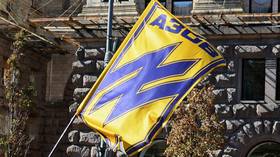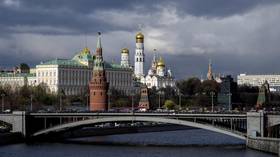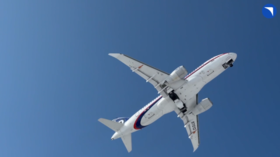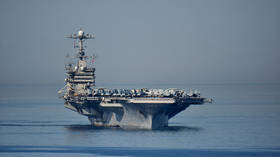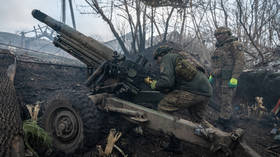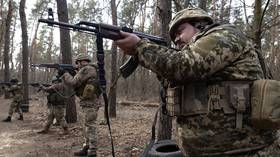"Bear" bomber back on patrol
Two Russian air force bombers have been spotted near the U.S. naval base on the island of Guam in the Western Pacific.
Defence officials say the planes were on a long range mission similar to those flown during the Cold War.
The maneuvers of the two TU-95 turboprops over Guam in the Pacific this week have again recalled the cat and mouse games typical of the Cold War era.
American forces responded by scrambling fighter jets to intercept them but the U.S. military says the two planes never got within 500 kilometres of the island. The American and Russian crews reportedly “exchanged smiles and waves”.
Back in Moscow, Major General Pavel Androsov says that the country's air force plans to revive the tradition of long-range missions far into the ocean. After the collapse of the Soviet Union, these flights were rare due to a lack of finance.
Now, with Russia's economic success and its desire to retrieve the prestige of its armed forces, the situation seems to be changing.
The Russian TU-95, also known as the Bear by NATO, is considered to be the most successful bomber from the Cold War era. The planes have the capability of launching a nuclear strike with the missiles they carry.
The Soviet Army started developing these aircraft in the early 1950's, but experts say they are still one of the most reliable machines Russia has. In fact, the planes could stay in service until 2040.
“Initially this machine was designed to carry weaponry, including missiles and bombs. Also it was built to attack ships and planes and to drop mines But mostly they were used to transport other planes from between 12 to 17 aircraft. Those planes were built to attack enemy squadrons. During combat, It was expected that up to 70% of them would not return. Their goal was to get the job done, and no one knew for sure what would happen to the planes and their crews after that,” shared information Nikolay Baranov, a military expert, Moscow.
One thing is clear – these planes will be spending more time in the air in the coming years.
Russia's economic assertiveness will certainly have an impact on the country's military.
Spending on defence is expected to exceed $US 11 BLN in 2007.



